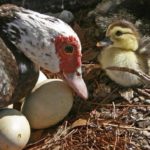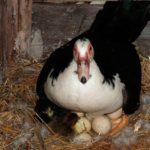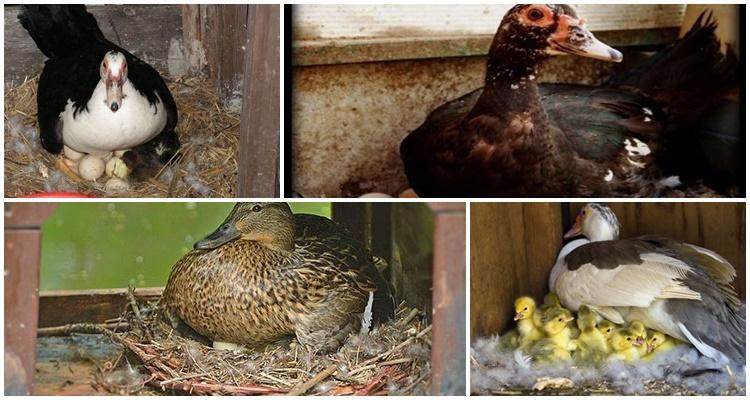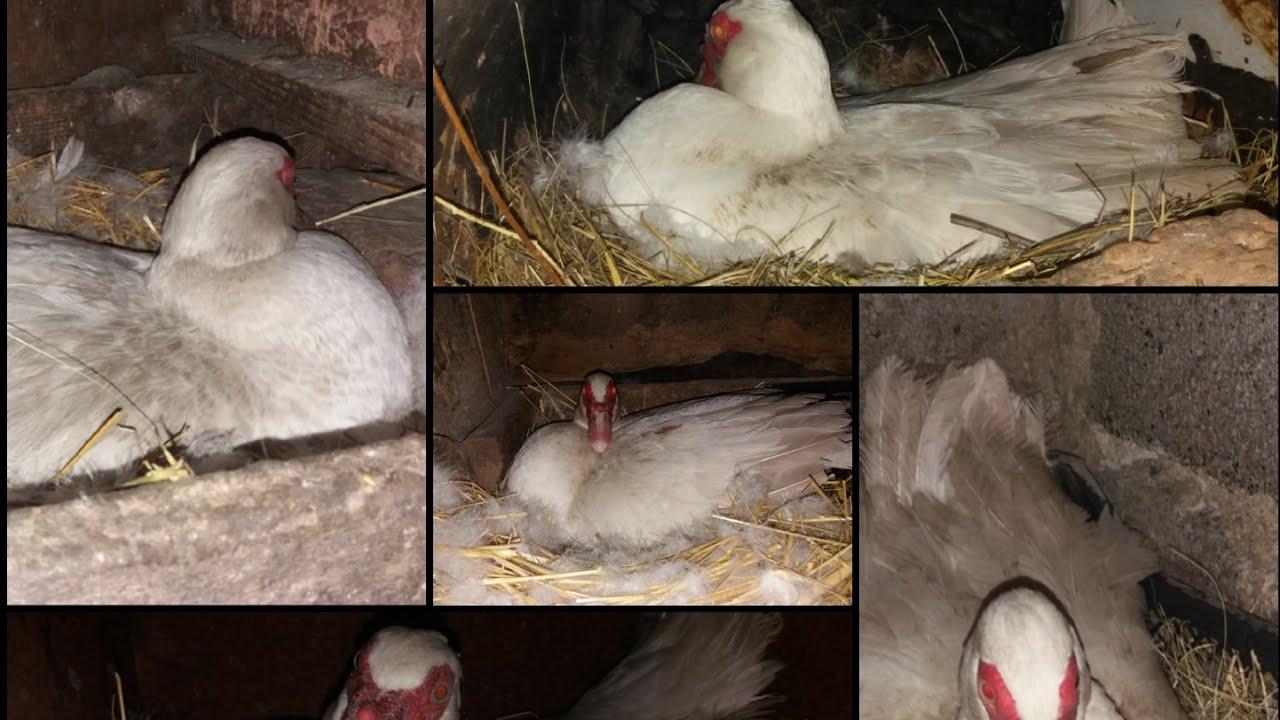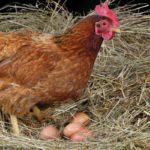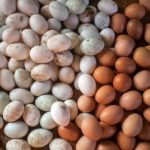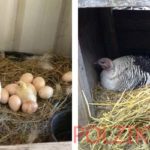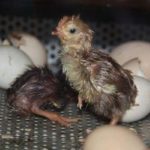Ducks and Indian ducks of various breeds still raise their chicks in households, hatching them in nests. If the female herself sits down to incubate, every poultry farmer needs to know how many days the ducks sit on the eggs, what affects the incubation time, how many eggs can be placed in the nest, and what problems can be expected. And also how to care for chicks after hatching at home.
How many days does an Indian duck sit on her eggs?
On average, an Indian duck incubates eggs for 35 days, but the incubation period can last 33-37 days. The difference is determined by the influence of many factors on the processes that occur in the embryos. Therefore, ducklings may hatch earlier or later than the conventional time.
Because mute ducklings do not appear exactly on time, there is no need to touch the duck while it is incubating, even if 35 days have already passed. The brooding period of 35 days is quite long; for example, an ordinary brown duck broods for 26-28 days.
What can affect the timing?
The variation in days may be caused by uneven heating of the eggs due to their large number. Those that are on the edges of the nest warm up less, so the ducklings emerge later. Room temperature also affects the development of chicks. In summer, when it is warm, ducklings appear on the 30th day, in cool weather, when the temperature drops, on the 35th.
Humidity is also important for hatching ducklings. During the brooding period, the duck rises from the nest and, when drinking, wets the feathers on its chest and belly. This is necessary to cool the masonry when the water evaporates. Cooling is a prerequisite for the normal development of indo-ducklings.
Number of eggs in the nest?
The number of eggs that can be placed under an indo-duck depends on its size. There should be enough eggs in the nest so that the bird can completely cover them with its body. If there is more than necessary, the hen will be uncomfortable and uncomfortable. Up to 15 eggs can be laid under a small duck. The maximum you can place under the hen so that she can hatch the chicks is 21 pcs. The incubation period depends on the number of eggs that the incubator will hover. If there are many of them, the babies will appear later.
How much and when can I add?
If the female herself has not laid the required amount, it is necessary to lay eggs when she leaves the nest. This is necessary in order to Muscovy duck I didn’t see what was happening and didn’t abandon the nest.
You only need to add fresh and clean material, demolished by other ducks. It must be demolished no later than a week before the start of incubation, the shell must be intact, without cracks or stains. Dirty, too large or small, or irregularly shaped ducklings are not suitable for breeding.
What problems might you encounter?
The duck does not sit on the nest all the time; it gets up to eat and drink. Thus, the Indian duck spends some time, during which the nest cools down. If she doesn't get up at all, then you need to force her to get up and eat. The feeder and drinker should be placed next to the bird so that it does not go far.
If, some time after the start of incubation, discarded eggs are found near the nest, you need to know that the Indian duck is doing this on purpose. She throws out those in which the embryo froze or was completely unfertilized. Birds can identify such specimens and remove them from the nest in time. This is necessary in order to protect fertilized eggs from contamination by the contents of rotten eggs.
While the duck is feeding, it covers the clutch with down. You cannot touch them or inspect them, you cannot move the nest to another place until the chicks hatch. If the Indian duck does not find the nest in the same place, she may abandon it.It is only allowed to remove the contents of crushed eggs from the nest, if any. The bird itself cannot do this.
Indian ducks crush their eggs if they sit in an uncomfortable or small nest; they also crack due to the thin shell. In both cases, the owner is to blame for not creating optimal conditions for the bird to incubate and not providing it with proper nutrition.
What to do with the brood after hatching?
Ideally, the chicks hatch within 24 hours after the first one is born. The strongest are born first, then the rest. But the birth process can take up to 3 days. During this time, there is no need to disturb the female or pick up the ducklings and eggs. You cannot help chicks if there is a crack in the shell, a squeak can be heard from there. This means that there is a living duckling inside, and he will come out of the shell when the time comes.
You can easily determine whether there is a duckling inside or not, even if it has not yet pecked through the shell. You need to bring the egg to your ear and listen - if you hear a squeak from it and feel movement, then there is a living duckling inside. If there are no such signs, then most likely it is empty. But they cannot be pulled out of the nest before the end of their term; only after 37 days have passed from the start of incubation can they be removed.
When all the ducklings appear, they are left with their mother. At this time, you can add other chicks to them, for example, those hatched in an incubator. Ducks accept them without problems and raise them just like their own. But this can only be done on the day of hatching; later the birds will not accept foundlings.
Indo-ducklings are first fed a mixture of boiled eggs with cottage cheese and herbs. When feeding, you need to make sure that the turkey does not eat food intended for babies. Later you can feed the brood and hen together.
Sometimes poultry farmers do not know how many days the ducks sit in the nest, how many eggs need to be placed under them, or how the incubation process goes. What to do during this period, how to care for the hen and the newly born ducklings. But you need to know all this before getting ducks and leaving them for breeding. Knowledge will help you avoid problems and raise Indian ducks healthy and strong.


